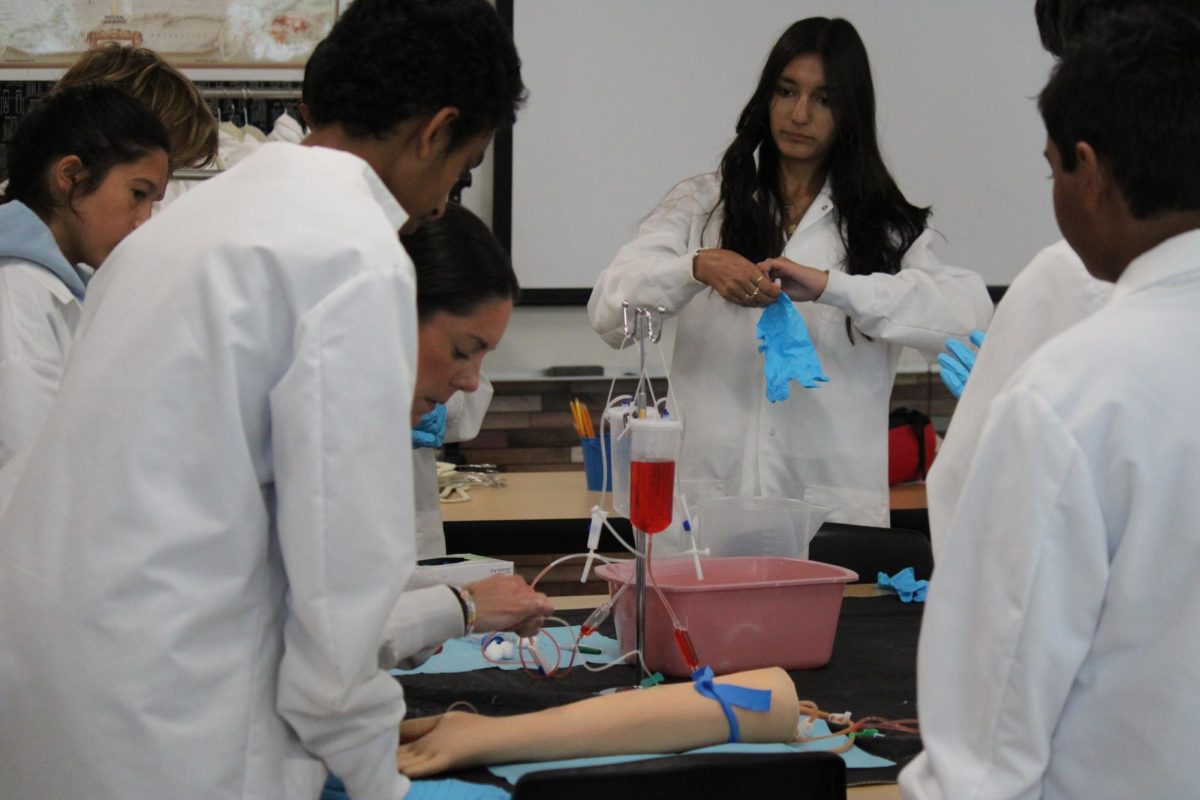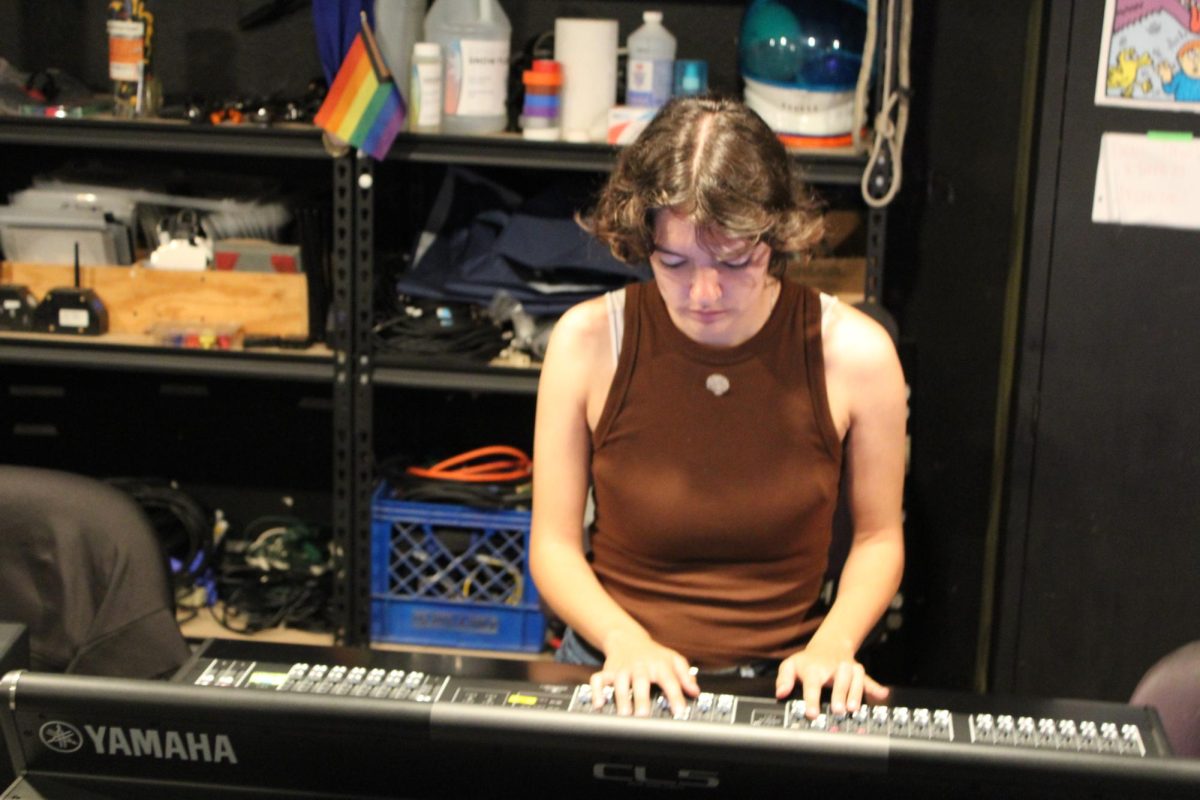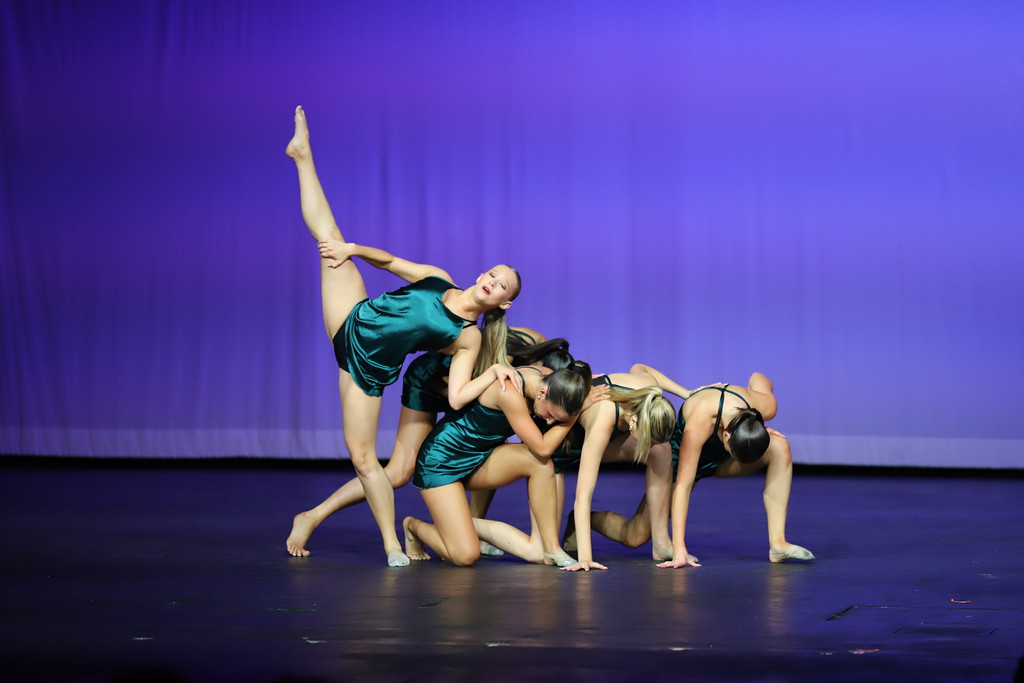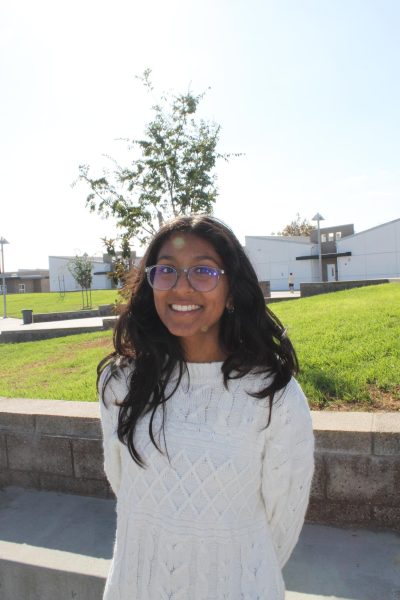In Westview’s new Principles of Biomedical Science class, students study crime scenes and blood test results, and explore their interest in the biomedical field. The goal of this course is to offer students the tools and techniques to prepare for college-based courses and instill excitement about careers in biomedical sciences.
Niharika Jaka (10) is taking this class because she has an interest in the impact that medicine has on our lives.
“I find it enjoyable to learn about the tiny details of medicine,,” Jaka said. “I’ve always thought that medicine is a way of giving back, and that’s something that I believe in.”
This introductory class is the first in a series of courses in which students will go on to advanced classes like, Human Body Systems and Honors Medical Interventions.
“[This class] will allow them to see the different subject matters in medical science,” Muench said. “For students who want to go into the medical field, it gives them an umbrella of different options and career paths that are in the medical field.”
Ms. Kelly Muench, a teacher at Westview for the past 9 years, has never taught a class like this before.
“It’s exciting because I get to teach something that is current and relatable as well as prevalent in all of our lives,” Muench said. “It’s challenging, it’s exciting, but it’s rewarding because I [get to] see that my students are benefiting and enjoying the hands-on lab practicals and experiences that this course provides.”
One of the many procedures students are introduced to is phlebotomy through a blood draw lab where students learn how to carefully insert a butterfly needle at an angle into the median cubital vein.
Amogh Hongal (9) enrolled in the course because of his interest in a surgery career as well as to learn more about general medicine and its real life applications.
“The phlebotomy lab was structured and realistic, and better than what I was expecting, because we all got an opportunity to use a needle and draw blood from a fake arm,” Hongal said. “The best part was that we had an actual phlebotomist come in to show us techniques.”
From this class, students can understand fields outside traditional medicine like forensics or laboratory research. For an upcoming unit, students will have to solve a crime scene as a lab.
“I’m going to be producing a [faux] crime scene where the students have to collect evidence and draw conclusions to figure out what occurred,” Muench said. “We’ll have a forensics expert guiding students on analyzing evidence.”
From what they learned in the classroom, students can apply the information that they learned to real life and inspire students to pursue future occupations.
“[The class has] made me more engaged and showed me more of how to apply science versus learning from the textbook,” Hongal said. “[It demonstrates] science in the real world, and gives me more of a taste of what it’s like to pursue [surgery] as a career.”
Principles of Biomedical Science follows a model curriculum developed by the national non-profit organization called Project Lead The Way. This pathway for Biomedical sciences is designed to prepare students for advanced education and career preparedness. While most of the students had prior interest in medicine, many are exploring their newfound interests as a result of this class.
“A week ago we were studying about the importance of body language towards patients,” Jaka said.“For example, [how to] use body language and using the proper words to communicate with them. I found that really intriguing to me.”
In future lessons, students will have the opportunity to perform animal dissections, patient diagnostics, and have guest lectures from first responders.
“For the future, we’re going to bring EMTs, firefighters and qualified experts in various subjects to come and speak to the class about their first-hand experience in these careers.” Students will also be learning how to read an EKG, legal considerations in medicine such as HIPAA, microscope techniques, and DNA testing.
This new course separates itself from others because it teaches science through demonstration and offers more visual and tactile activities.
“In some other classes, you would learn the concept, but you wouldn’t learn the application,” Jaka said. “In this class, there [are] examples of [real-life] applications given to you apart from labs, which are quite rare so I’d say that people [who] take this class have a definite advantage.”



![Jolie Baylon (12), Stella Phelan (12), Danica Reed (11), and Julianne Diaz (11) [left to right] stunt with clinic participants at halftime, Sept. 5. Sixty elementary- and middle-schoolers performed.](https://wvnexus.org/wp-content/uploads/2025/09/IMG_1948-800x1200.png)
![Siddhi Bhavsar (10) [left] and Riddhi Bhavsar (10) [right] carry the NJROTC flag, Sept 13. The annual Poway Rotary Parade gave the unit the chance to represent Westview.](https://wvnexus.org/wp-content/uploads/2025/09/DSC00628-1200x900.jpg)


